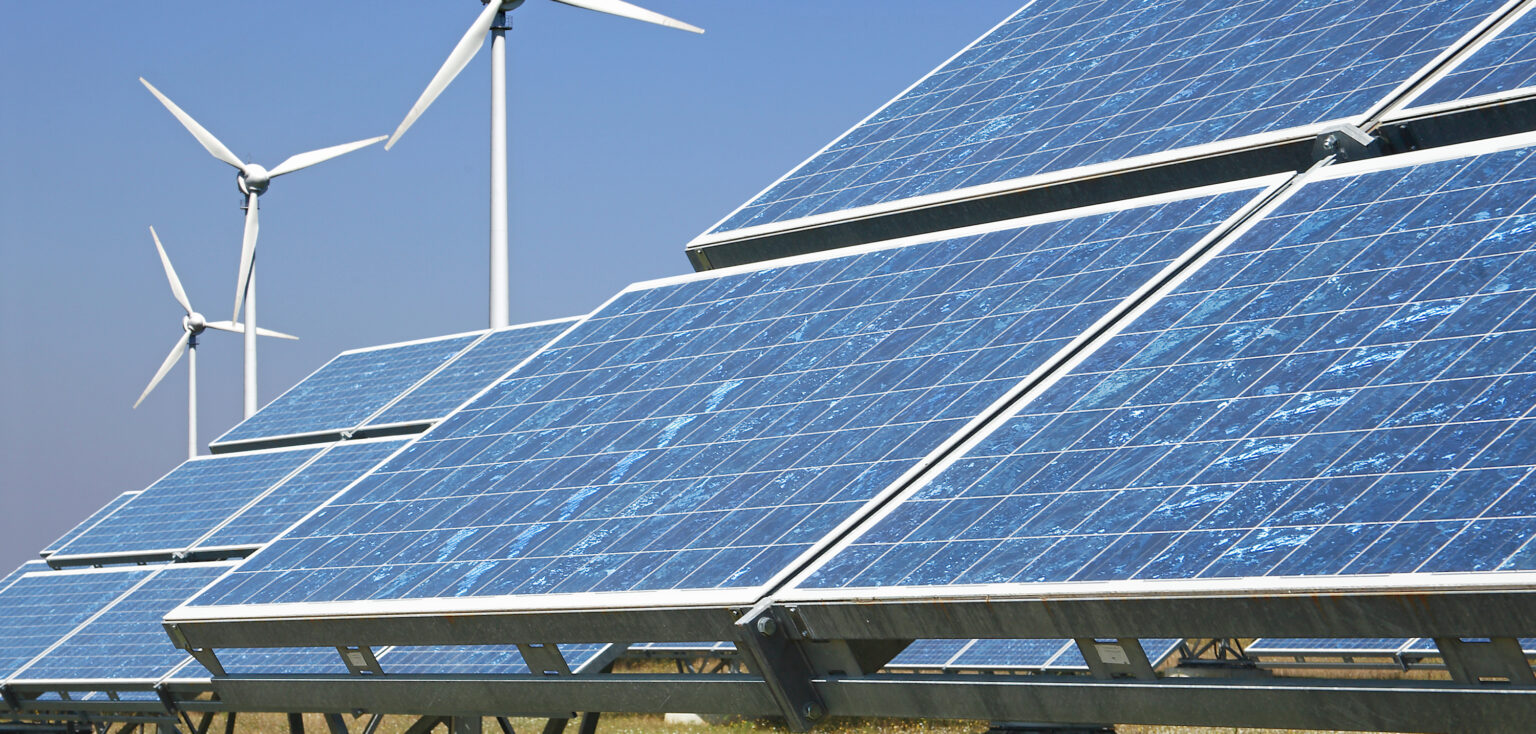Civilisation grows through energy. Thousands of years ago, a worker’s daily toil would only afford a few minutes of light by burning sesame seed oil. In the modern age, one day’s work can afford thousands of hours of electric light. Cheaper energy leads to a more advanced society.
In the 20th century and now, we’ve burned coal to make electricity, causing pollution and climate instability. We continue to need more energy for vehicles, factories, homes, and advanced technologies such as data centres. But we also need clean energy, which can come from renewable sources.
A clean path to abundant energy
Generating energy from renewable sources leaves no waste. Solar panels create electricity from sunlight. Wind turbines and hydroelectric dams use air or water to move large turbines that create electricity. Apart from the pollution caused by manufacturing or disposing of such systems, they generate no extra waste.
In contrast, burning anything (coal, trash, or organic matter) releases dangerous toxins that can stay in the air for years or decades. South Africa heavily relies on coal-powered energy, creating numerous environmental and social problems like water pollution, land loss, and health issues. There’s pressure for SA to expand our renewable energy mix, especially solar, which suits sunny Mzansi.
Coal is popular because it generates stable, predictable outputs versus the reliance on weather conditions for solar and wind. Wind and solar farms need to be large to match a coal station’s output and require battery storage systems for excess energy.
South Africans started exploring renewable sources during severe load shedding
Installing renewable energy is cheaper in the long run, even on a large scale. For instance, a coal power plant needs significant investment to construct and run, plus coal mines, stockpiles, and transport networks to deliver the coal to the station’s boilers (Eskom’s Lethabo Power Station burns 50,000 tons of coal daily, enough to fill 1,500 trucks). In contrast, once a solar farm is operational, it only needs maintenance, battery capacity for storage and inverters to convert energy to the format we require.
Coal power plants must be big, while solar and wind farms can vary in size, making it much easier to fund and run smaller energy sites. Case in point is the solar farm that Golden Arrow bus company will use to power its electric buses.
Solar, wind, and hydropower are also helping households, companies and communities become energy-independent. The Stortemelk hydropower project in the Free State provides grid power to over 3,000 homes. Saltuba Community Primary Cooperative in Kwazakhele Township, Gqeberha, is testing small-scale solar deployments. And the Roggeveld Wind Farm near the Northern and Western Cape boundary supports around 49,200 homes.
Renewable energy is a great investment
These projects show the potential of sustainable energy. They can start small and scale up, use abundant, free and renewable natural resources like sunlight, wind, and water, and significantly reduce pollution.
Thousands of South Africans and businesses are installing solar panels to produce clean energy, support themselves and counter rising energy prices. SA’s electricity costs are rising by double digits. As energy demand grows and the damage from traditional sources becomes clear, renewable energy provides a significant opportunity.
For example, Vodacom plans to draw all its power from renewable energy and signed an energy-wheeling deal with Eskom to release excess energy back into the grid, and receive credit for it. Credits can then be utilised elsewhere in the country where energy is required. But even if companies, communities, and individuals only partially switch to renewable energy, it will make a substantial difference for the world and their pockets.
Read more about how Vodacom and Eskom partner to address South Africa’s energy gap here.



